So you’ve made a few videos – how do you get those view counts and subscriber numbers to start climbing? Growing on YouTube can be slow at first, but here are the best practices that real new creators recommend:
Think long-term (it’s a marathon, not a sprint)
Almost every successful YouTuber will tell you that consistent growth takes time. One Redditor reminded a discouraged newbie that even mega-star MrBeast “had 9 subs and 5 views once”. Don’t be discouraged if you’re not an overnight sensation. A creator who reached 20,000 subs after 3 years emphasized that YouTube growth is not linear – you might have spurts of fast growth and periods where things slow down. For example, they noticed every year their channel views dip in the fall when many of their viewers are busy with school. This is normal! Be patient and keep improving your craft. Growth will come as long as you continue making content and learning.
Consistency > frequency
You’ve probably heard “post every week” or even “post daily” to appease the algorithm. But quality matters more than sheer frequency. “Don’t stress about post frequency. The algorithm doesn’t care how often you post,”. In fact, they once went over a month between uploads, and that comeback video still racked up nearly 200k views. What’s important is consistency and setting a sustainable schedule for you. If you can only manage one video every two weeks, that’s fine – just try to stick to it so your audience knows what to expect. Adapt YouTube to your life, not the other way around. Burnout is real, and if you force yourself into an unsustainable routine, you’ll hate the process and it will show in your content. Figure out a workflow (research, scripting, filming, editing) that you can maintain alongside your other responsibilities (work, school, etc.). Remember, as a beginner YouTube is likely a hobby, not your full-time job– and that’s okay!
Always be improving
Focus on making each video slightly better than the last. Treat your first dozens of videos as learning experiences. They might not be great – you might even think they suck – but that’s normal when starting out. “Don’t be afraid to fail…sometimes, videos will flop. Take what you’ve learned and apply it to something else,” . Pay attention to what works and what doesn’t. For example, check your YouTube Analytics for audience retention (what % of the video people watch) and click-through rate on your thumbnails. These metrics are your friends and will “tell you what’s working and what’s not. Did a large chunk of viewers drop off in the first 30 seconds? Maybe your intro was too long – try shortening it next time. Is one video getting a much higher click-through rate (CTR) on its thumbnail? Study that thumbnail: is it the design or title that made it appealing? Use data to iterate. Over time, these improvements compound and lead to stronger content.
Optimize your titles, thumbnails, and descriptions
No matter how great your video is, it won’t get views if no one clicks on it or if it never appears in search. Spend time crafting a compelling title that contains keywords a viewer might search for. (Think “How to ___”, “___ Tutorial”, or intriguing statements like “I Tried ___ for 30 Days” depending on your content.) Make sure your thumbnail is clear and eye-catching – bright images, bold text, or an emotional facial expression work well. If you include text on the thumbnail, keep it very short and bold (a few words max), so it’s readable on small screens. In your video description, add relevant keywords and a concise summary in the first lines (this helps with SEO). Tag your video with relevant terms as well, though tags are less critical than they used to be. These are the basic “discoverability” practices that help the algorithm understand and potentially surface your content. As one Redditor put it: “By clearly labeling your channel’s focus, you help both viewers and YouTube’s algorithm understand what your content is about.” Make it easy for people to find you!
Engage with your audience (no matter how small)
Engagement is a two-way street. When you interact with viewers, you encourage them to stick around and you build a community. “The golden rule: Engage, engage, engage! Chat with your viewers in the comments, ask for their thoughts, and make vids that get them talking,” . In practice: reply to comments on your videos—thank people for watching, answer their questions, ask follow-up questions. This shows viewers you value them. You can even ask for viewer suggestions for future videos. As your audience grows, giving shout-outs to viewers who suggested an idea can create loyalty. The 20k channel creator often makes videos answering a subscriber’s question and gives them a shout-out, which “kept engagement up and has also kept some decent loyalty”. Even on other social media, interacting with those who discuss your content can turn casual viewers into fans. And don’t be afraid to literally ask viewers to interact: encourage them to “like, subscribe, and comment” (it actually can make a difference, though focus on this at the end of the video, not the very beginning). The key is to foster a sense of community rather than just broadcasting into the void.
Collaborate and network (when you can)
A great way to grow is to tap into existing communities and audiences. People often suggest joining communities related to your niche and becoming an active member. “Get into communities for your niche and make some friends, and when it’s relevant/appropriate, plug your channel,”. For example, if you run a photography channel, participate in discussions on a photography forum or subreddit; once you’re a genuine part of the community, you can share one of your really helpful videos there. Collaboration with other YouTubers in your niche can also expose your channel to new viewers. If you have YouTube friends (even other small creators), consider doing a collab video or shout-out swap. Tip: When approaching someone for a collaboration, be upfront about what your idea is and how it benefits both of you. (“Hey, I loved your XYZ video – would you be interested in collaborating on a Q&A about this topic? We could both post it and link to each other’s channel.”) Many creators are open to collabs, but avoid spamming bigger YouTubers with requests if you’re just starting. Focus on peers at a similar level or slightly above; you can grow together.
Organic Promotion Strategies
“Organic” promotion means growing your channel’s reach naturally without paying for views or using artificial means. This is generally the safest and most sustainable way to build an audience, though it requires time and effort. Here are some effective organic tactics:
- Optimize for search (SEO): As mentioned earlier, use descriptive titles and tags so that people searching for your topic can find your videos. Also add relevant keywords in your video description. Many beginners overlook this, but YouTube is the world’s second-largest search engine. For example, if you made a tutorial on guitar chords, a title like “Guitar Lesson: How to Play Basic Chords (Beginner Tutorial)” will perform better in search than “Learning Guitar Ep.1”. Think about what words people would type in to find a video like yours, and include those.
- Leverage social media: Share your videos on your social media accounts (Twitter, Instagram, Facebook, TikTok – wherever you have friends or followers). You can even create separate social pages for your YouTube persona. Don’t just drop links – write a little teaser or use an intriguing clip to entice people to click. Join Facebook groups related to your niche and contribute there . Some creators embed their YouTube videos on a personal blog or website if they have one, which can also funnel viewers from Google search to your video. The key is to cast your net wide without spamming.
- Collaborations and shout-outs: Teaming up with other creators can organically introduce your channel to new viewers. For instance, doing a collab video means you’ll be featured on each other’s channels, effectively cross-pollinating your audiences. Even a simple shout-out exchange (where you each mention or recommend the other’s channel) can help. Just make sure any collaboration is relevant and genuine – ideally you share a similar niche or complementary content. A small but engaged channel recommending you is often more valuable than a random big channel mention where viewers might not care about your content.
- Family and friends networks: While the goal is reaching strangers, don’t ignore the support of people you know. Encourage your friends or family who enjoy your content to share it with others who might be interested. Early on, that word-of-mouth can get your first handful of subscribers. Just be careful not to pressure people – genuine sharing is fine, but don’t beg everyone you meet to subscribe, or you’ll get pity-subscribers who never watch (which doesn’t actually help).
Organic growth can feel slow, but the big upside is that any viewers and subscribers you gain are genuinely interested in your content. They found you because they care about the topic or enjoyed the discussion where your video was shared. These viewers are more likely to stick around, watch more videos, and become true fans.
Paid Promotion (Ads and Sponsorships)
Paid promotion involves spending money to get your videos or channel in front of more eyeballs. The most common form is using YouTube’s built-in “Promote” feature (essentially Google Ads for YouTube) to advertise your video. You might also consider paying for Facebook ads, Instagram ads, or other platforms to drive traffic to your channel. Some creators wonder if this is a quick way to gain views or subscribers. Here’s the real deal as learned by folks in /r/NewTubers:
Pros of Paid Ads:
- Immediate visibility: Unlike waiting for the algorithm gods to bless you, with ads you can get your video shown to thousands of people tomorrow (as an ad before or alongside other videos). This can jumpstart initial views, especially if you have zero audience. It’s one way to avoid the “nobody sees my video because I have no views” catch-22.
- Targeting specific audiences: Ad platforms let you target by interests, demographics, keywords, etc. For example, you could pay to show your cooking tutorial to users who’ve been watching a lot of cooking videos. In theory, this means you’re exposing your content to people who are likely to be interested.
- Potential to attract a few real fans: If your content is good and the ad targeting is accurate, you might convert some of those viewers into subscribers who stick around. Some NewTubers have reported getting a modest number of genuine subscribers through ads (often at a high cost per sub, though).
Cons of Paid Ads:
It’s not a shortcut to monetization: Some might think, “If I buy ads and hit 1,000 subs and 4,000 watch hours, I can monetize faster.” But if those subs don’t watch, you won’t hit the watch hours requirement (and YouTube can tell if the watch hours are from ads). In fact, watch time from ad views doesn’t count towards the Partner Program thresholds. So, paid views won’t help you reach the monetization requirements – you still need organic watch time.
Costly with uncertain ROI: You may spend a lot of money for relatively little result. One Reddit user spent about $1000 over 6 months for roughly 6,000 subscribers via YouTube ads, only to find it “accomplished virtually nothing” for actual engagement. Many of those subs never watched a single video organically. 33 cents per subscriber (in that case) might sound cheap, but if those subscribers are inactive, it’s money wasted. Unless you have a marketing budget to burn, pouring cash into ads can be disappointing.
Low engagement / “hollow” subscribers: This is the big one. NewTubers often warn that subscribers or views gained through advertising don’t behave like organic viewers. Several creators observed that running the official YouTube “Promote” tool got their videos lots of bot views or very low watch time. One person said, “I got like 8k subs from it, but they are either inactive or all bots. Now I got [a] high sub count with low views.” This can actually hurt your channel’s metrics (YouTube’s algorithm notices if you have 10k subs but only 50 people watch your new video). It signals that your content isn’t broadly engaging, which may make the algorithm less likely to recommend it further.
Risk of fraudulent engagement: Unfortunately, some have found that paying for YouTube promotion resulted in suspicious activity. There are reports of bots clicking on promoted videos – possibly a side effect of malicious actors or how the ad system works. Essentially, you might pay for 1,000 views and get a chunk of those from non-human traffic that “don’t contribute to any watch time at all.” YouTube presumably tries to prevent this, but it does happen. It means you paid for nothing, and fake engagement won’t help your channel’s growth.
“Bots” and Fake Engagement (Don’t Do It!)
When growth is slow, some newbies wonder about using bots, buying subscribers/views, or other shady tactics to inflate their numbers. Spoiler: this is a terrible idea. It may be tempting to pad your channel with 1,000 “subscribers” for cheap, but all the veterans will tell you it’s not worth it and can seriously backfire.
What do we mean by bots/fake engagement? These include paid services that promise to give you X number of subscribers or views (often generated by clickfarms or automated bots), using programs to auto-refresh your videos, trading sub-for-sub or view-for-view with large groups inauthentically, or any artificial means to boost stats. YouTube’s policies explicitly ban “artificial inflation of subscribers, views, or likes” and they routinely crack down on this.
Here are the major risks and downsides of going down this route:
- YouTube will purge fake accounts. The platform regularly detects and removes bot subscribers. One NewTuber who found 1,000 bot subs had been added to their channel (by an overzealous “fan”) was informed that YouTube regularly purges fake subs – the platform is pretty good at detecting and removing bot accounts over time.So even if you temporarily boost your count, those numbers may vanish overnight when YouTube does an audit. All that money (or effort) literally gone with the wind.
- Inflated numbers hurt your analytics. “Engagement matters more than sub count,” . If you somehow keep those fake subs, they’re not watching your videos. Your subscriber count might say 5,000, but if you still only get 50 views, the algorithm notices that discrepancy. In fact, one user pointed out that subscribing to a channel and never watching can actually hurt that channel’s performance in the algorithm. YouTube might stop suggesting your videos even to your real subs if it sees that a high percentage of subs aren’t engaging. In short, fake subs are dead weight that can lower the reach of your content.
- No real community or feedback. The whole point of building a channel is to have real people enjoy and respond to your content. Bots don’t leave encouraging comments, and they certainly don’t become fans or customers. You’ll be shouting into a void. It’s much more rewarding to have 100 genuine subscribers who care about your videos than 10,000 fake ones that do nothing.
- Risk of account penalty or ban: Using bots or buying fake engagement is against YouTube’s Terms of Service. If you’re caught, YouTube can remove your videos or even suspend your channel. According to a 2025 report on fake subscribers, if the algorithm catches you buying fake views, it will remove the video and flag your channel. Repeated offenses could lead to a permanent ban. Is that risk worth it? (No.)
- Scams and wasted money: Many services selling subscribers or views are outright scams. They might just take your money and give you nothing, or deliver junk traffic that disappears. For example, someone might promise “1,000 real subscribers for $20” – you pay, and either YouTube deletes those accounts soon after, or they were never real to begin with. You end up with possibly worse stats than before (now you have a bunch of subs who never watch).
Bottom line: Don’t use bots, don’t buy subs/views. The community consensus is clear on this. If you’re struggling to get views, stick to improving content and organic outreach. Every creator starts at 0 and grinds through that slow beginning. It’s like going to the gym – there’s no healthy shortcut; consistency and effort are the only reliable formula.
Final Thoughts
Starting a YouTube channel from scratch is a challenge, but also an adventure. The beginning is often the hardest – creating content with little feedback, figuring out your style, and slowly finding your tribe of viewers. Remember that even the biggest YouTubers were once at zero, tweaking their early videos and celebrating 10 views. Every creator path is unique, but you now have the collective wisdom of the /r/NewTubers community to light the way:
- Stay passionate and have fun with it. If you enjoy making your content, that energy will come through and sustain you during the slow periods.
- Focus on providing value to the viewer – whether that’s education, entertainment, or inspiration. Make content you’re proud of and would watch yourself.
- Learn from each video. Get comfortable with analytics and feedback. The data doesn’t lie; use it to improve topics or formats.
- Promote smartly. Share your work where it genuinely adds to the conversation. Avoid spammy tactics. Build relationships.
- Avoid the “easy” shortcuts like buying views or doing sub4sub. They will only set you back in the long run (and could get your channel removed).
- Be patient, be persistent. It might take 50 videos before one pops off – but that one could change everything.
Growing a successful YouTube channel is as much about the journey as the destination. Celebrate small milestones (your first comment! 100 subs! 1,000 subs!). Learn from setbacks (a video that tanked, a mean comment – it’s all experience). And don’t hesitate to seek support: communities like /r/NewTubers are there to help with advice, feedback, or just moral support when you need it.
Now, armed with these tips and insights, go forth and create! Good luck on your YouTube journey – who knows, maybe a few months from now you’ll be the one posting your success story on Squirreels.


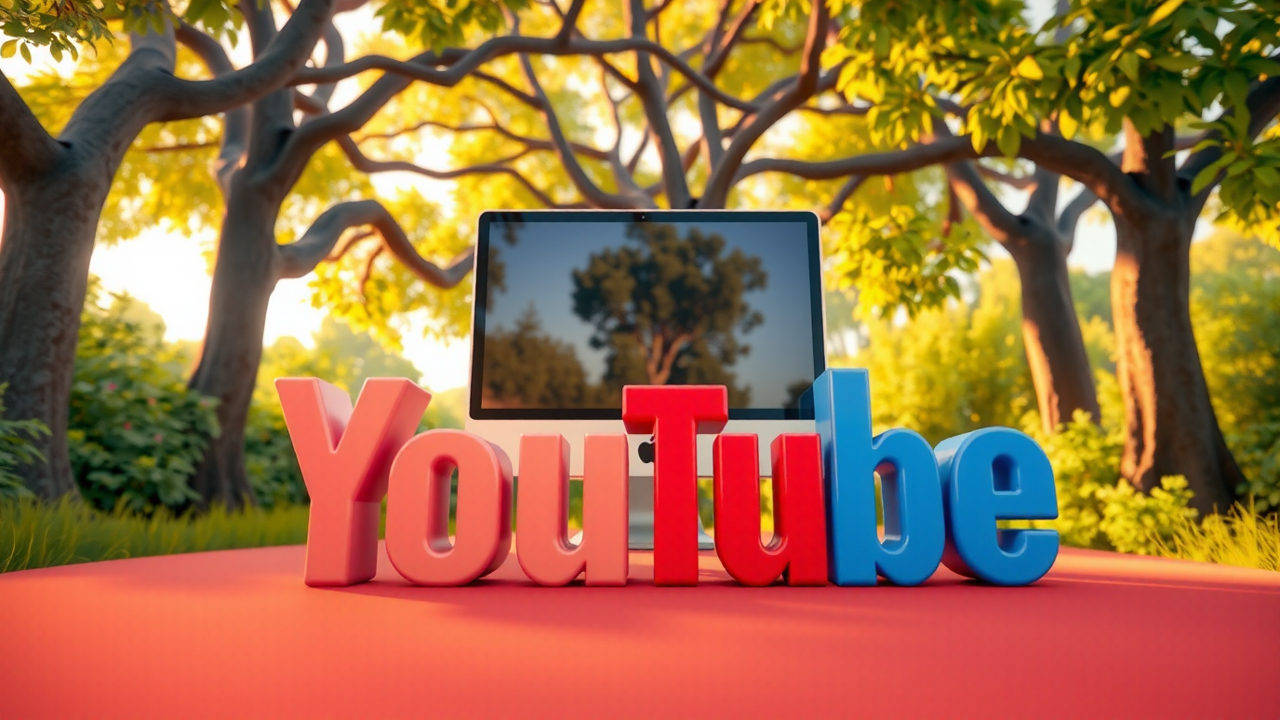

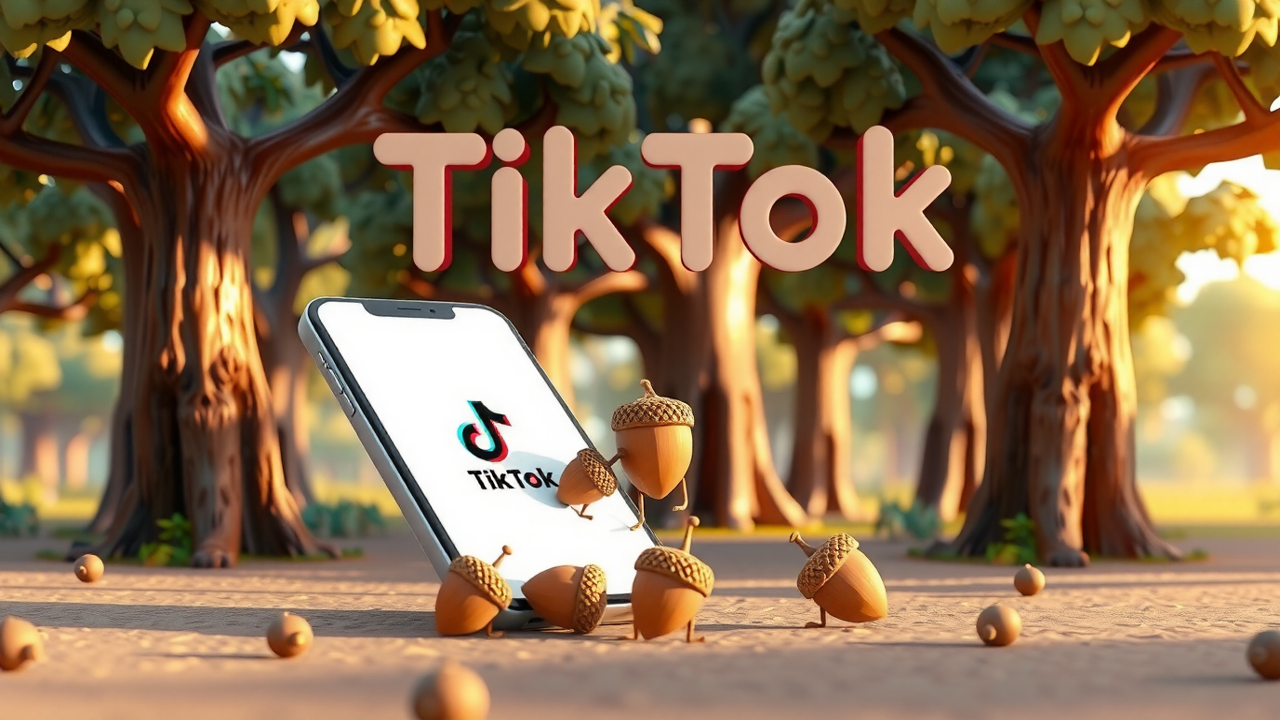

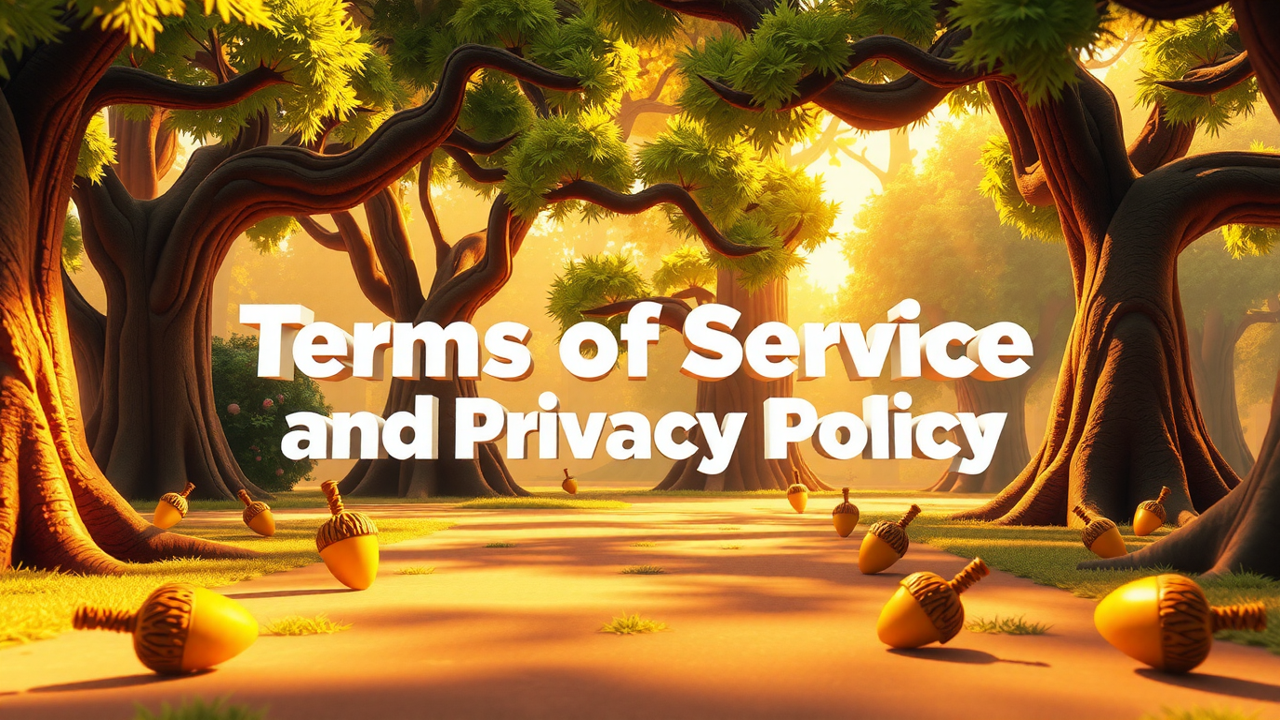
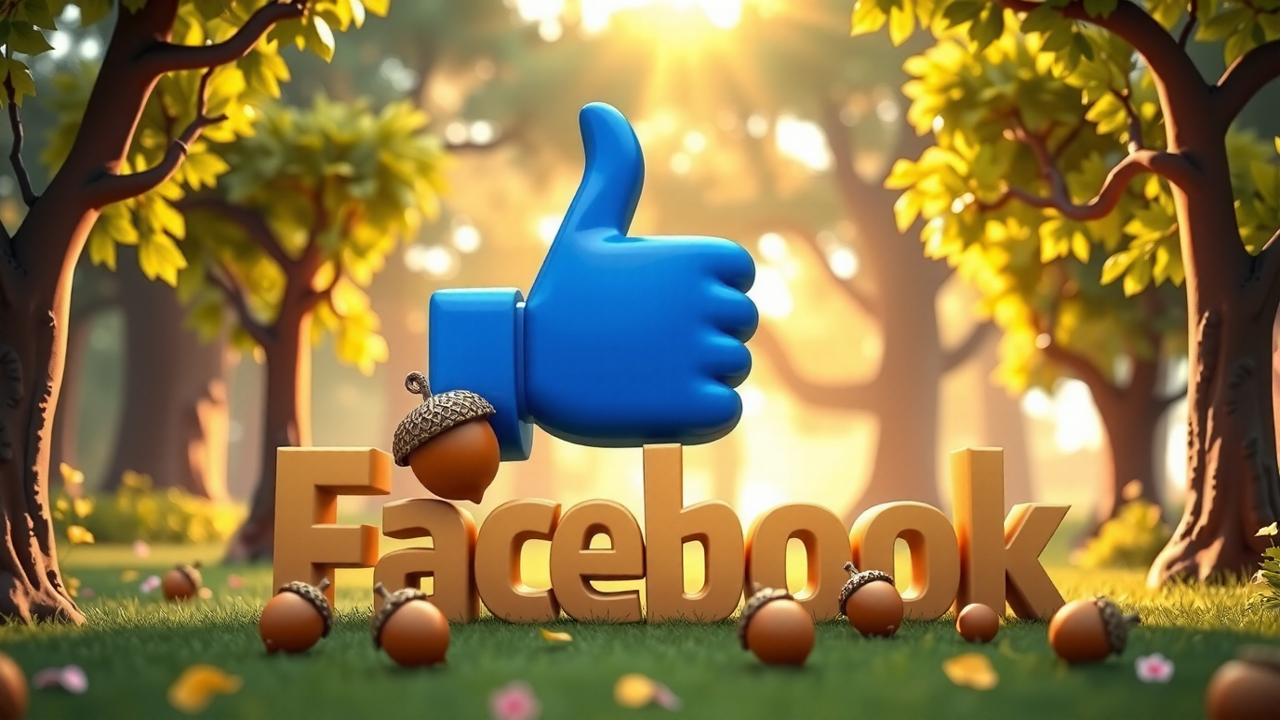
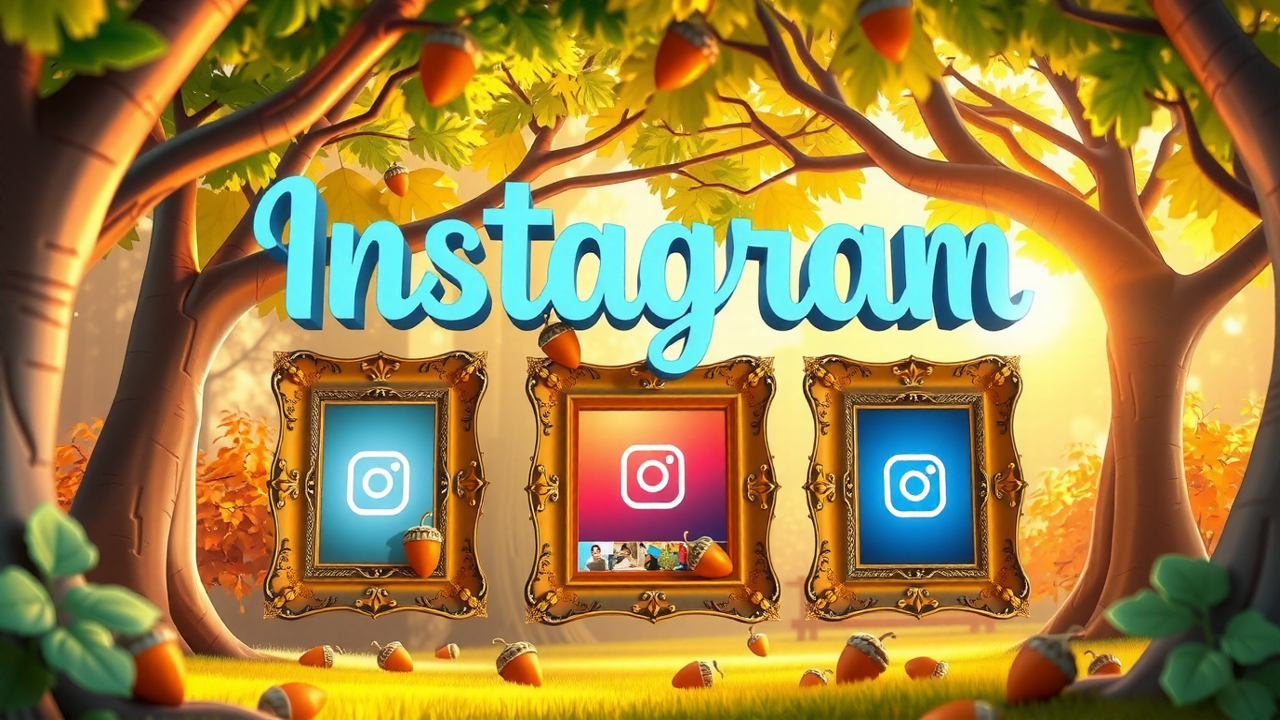







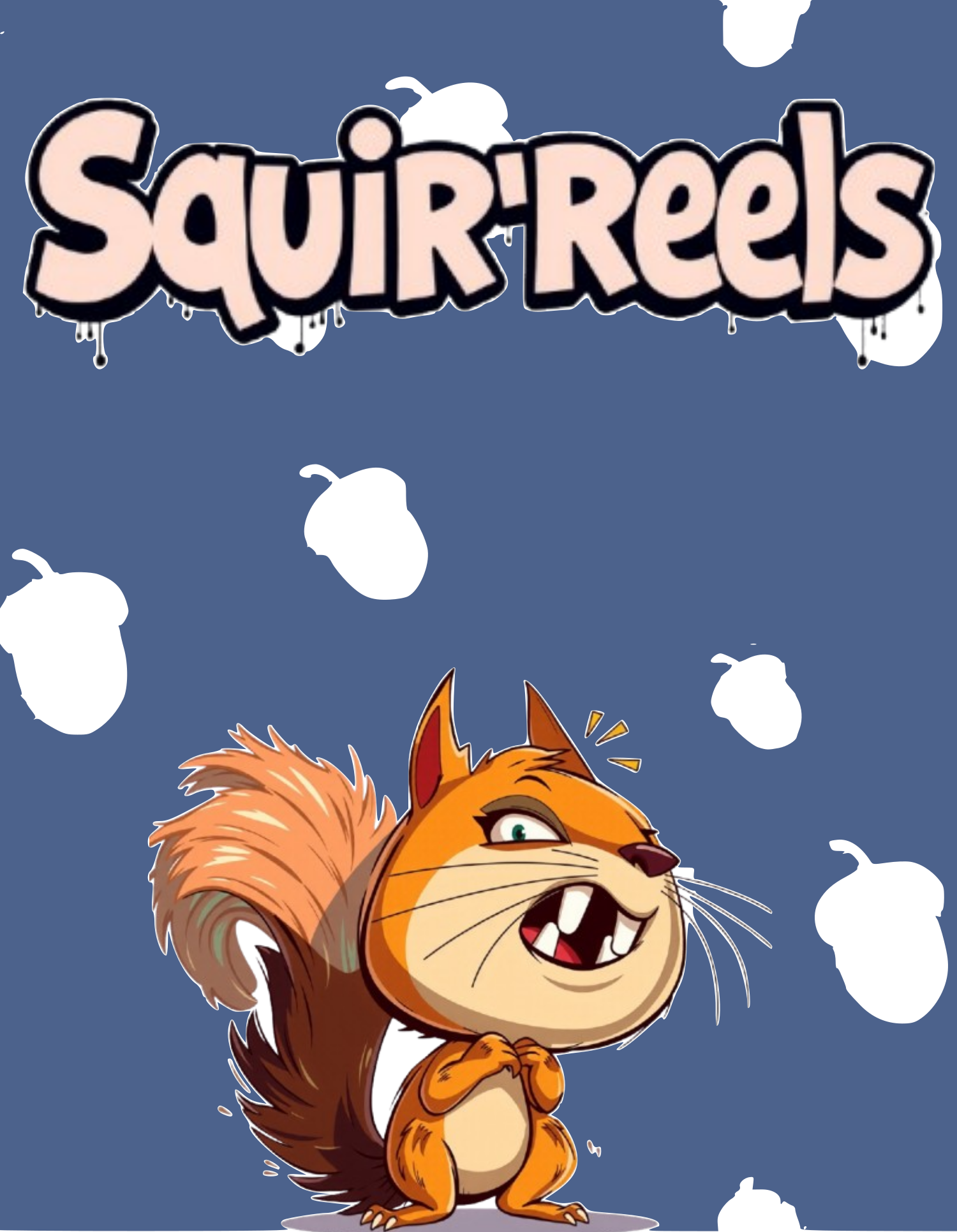

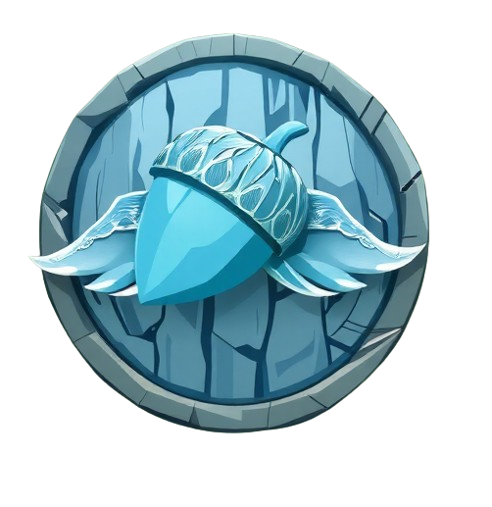
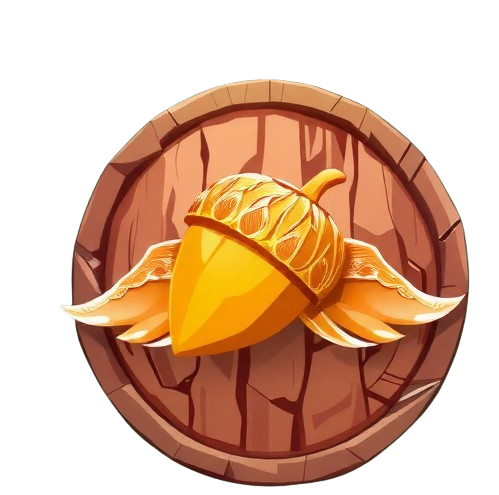
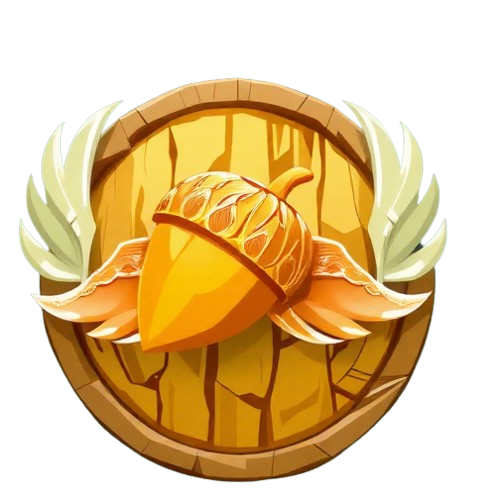
It\’s a test comment!
Nice share!
Thank you!